Technology is gaining ground daily and transforming both our personal and professional life. Additionally, the market for cloud computing is expanding more quickly. The cloud computing industry is experiencing a number of exciting advances. Both the new and established corporate sectors have welcomed them with open arms. The market for cloud computing is anticipated to reach $623.3 billion in value by 2023.
This blog will discover the value of cloud computing options and the Cloud Computing Trends for the Future
Cloud Computing Trends For The Future
Sustainable Cloud
Companies have seen their energy usage drop by up to 65 percent simply by moving some of their infrastructures to the public cloud. As a result, their carbon emissions have decreased by as much as 84 percent. You can significantly reduce your server needs and, thus, your energy usage by focusing your resources on your most crucial tasks.
Up to 59 million tonnes of carbon dioxide emissions can be avoided annually by shifting data to the public cloud, which is the same as taking 22 million cars off the road. This big cloud computing trend will only become more significant over time.
Increased cross-platform integration flexibility
The market is moving toward hybrid and multi-cloud systems, which enable the deployment of infrastructure across numerous cloud models, with their platforms acting as a one-stop shop for businesses’ cloud, data, and computing needs. Customers are increasingly asking big cloud providers such as ESDS to make their systems more accessible and to take down barriers that prevent the use of multi-cloud techniques.
With the help of cross-platform integration, businesses can work collaboratively to share data with external participants in the value chain who are working on multiple applications and utilizing various data standards. The multi-cloud advanced trend might open up new business prospects and give start-ups a chance to offer cutting-edge services that make it possible to collaborate seamlessly across different cloud platforms.
Cloud gaming
In 2022, one of the cloud industries with the highest growth will likely be the gaming sector. Leading global companies like Amazon and Tencent offer specialized cloud computing capabilities to the video game industry. Additionally, gaming is imitating Netflix and Amazon Prime Video by offering players access to enormous game libraries via the cloud, which can be downloaded and played for a price.
In 2020, cloud gaming services from Nvidia, Google, and Microsoft were all launched in opposition to Sony’s PSN network. Despite the PS5 and Xbox’s recent releases, experts believe that it will be soon that buying expensive specialized gaming hardware is no longer necessary. Cloud gaming will dominate the gaming entertainment market.
Faster & efficient Cloud computing with AI
The biggest cloud computing development in recent years has been cloud computing plus artificial intelligence (AI). AI is now available to everyone because of cloud computing. Regardless of budget or skill level, SaaS and PaaS vendors have today made AI accessible to enterprises of all sizes and sectors. Self-driving cars, 5G, cancer research, smart city infrastructure, and crisis response planning are a few examples of the industrial uses for AI capabilities made possible by cloud-based infrastructure.
Additionally, the use of AI in the management and upkeep of cloud data centers will grow. AI optimizes numerous crucial infrastructure elements through monitoring and control, such as hardware networks, cooling systems, and power consumption. As this field’s research picks up speed and makes significant strides, we can anticipate that cloud services will become quicker and more effective.
Multi-Cloud
In the future, more businesses will create cloud-native applications with little to no architectural reliance on a particular cloud service provider. By developing a stronger understanding of their cloud requirements and the cloud market, organizations will be able to expand more clearly than they have in the past. However, this paradigm shift depends on the development of cloud capabilities because time-to-market is advancing quickly, and the capacity to accommodate altering workloads enables businesses to profit from even the smallest trends.
The process of adapting cloud technologies to your particular business is ongoing and requires ongoing effort and control in order to produce savings. Although this approach by itself won’t solve your application portability issue, multi-cloud plans that prioritize risk mitigation, functionality, and feature acquisition will significantly improve your cyber posture.
The innovative and adaptable services offered by the public cloud may enable the multi-cloud strategy to scale more quickly and efficiently. This will take place without abandoning the benefits of the private cloud, such as improved cost-effectiveness, quicker reaction times, and regulatory compliance.
Cloud Automation
Due to the governance challenges associated with a multi-cloud strategy, many firms are turning to automation to simplify the management of their public, private, and hybrid cloud systems. Businesses have a rare opportunity to design comparable infrastructure across platforms securely, thanks to cloud-agnostic technologies.
Engineers would benefit from being able to access all of their many cloud services in one window, so dashboards, for example, can be supported by such technologies in the future. Such a clause would also increase the prospects for machine learning. Particularly in a multi-cloud or hybrid cloud environment, organizations are looking for analytics to help them compare the performance of their clouds. If you run your business without a firm understanding of its effectiveness, you leave your company more open to a hostile environment. Your business may create more contingent data with the use of machine learning capabilities, better preparing you for present and upcoming threats.
Containerization
The 1950s saw the advent of shipping containers, which completely altered the world economy. Finally, a standardized procedure for bundling loose goods and moving them from one location to another was created. After 70 years, containerization is back in style, but it’s on the cloud this time.
Encapsulating a program and all its dependencies in a condensed, standardized set of libraries and APIs is a process known as containerization. All components are stored and shipped using a standardized process, ensuring that a program runs quickly and consistently across a range of platforms. Because each container is merely tens of gigabytes, a single server may host multiple programs, saving money on hardware and upkeep.
DevOps can deploy container apps directly on top of the cloud application layer because many cloud providers offer them as part of their consumable services. Because each program is wrapped separately in a consistent configuration, this strategy significantly increases security, scalability, and load times.
Data fabric
One of the main effects of cloud adoption is the desegregation of information technology because interoperability is necessary for security, optimization, and interpretation services. As a result, the term “data fabrics” is removed from its analytical context and repositioned as a significant cloud industry promise. Simply put, a data fabric is a network that serves as both an access point and a connector for various sources, types, and locations of data.
By the end of 2022, 90% of businesses will view information as a significant organizational asset, making analytics a critical skill. To eliminate silos and give businesses seamless data access, administration, and security across cloud providers, APIs are utilized in data fabrics. Using their dispersed services, these centralized data management frameworks assist businesses in gaining a single perspective of their operations and escaping vendor lock-in.
THE WAY FORWARD
In order to maximize the benefits of your cloud services, you must be committed to change and agility. These numerous trends are inherent to the cloud and will continue to accelerate as usage increases, and the cloud is tuned to provide more precise insights. Tracking and analyzing these patterns will assist your business in gaining access by utilizing the expertise and knowledge of the sector. These gateways will be more crucial for long-term growth in 2022 and beyond as the world adopts cloud services.
As the epidemic shakes, the world, businesses, and organizations are realigning their digital strategies. Before now, companies resistant to new technology have started to accept cloud services more quickly. If you, too, are looking for a Cloud service provider, there are a number of cloud service players in the market, ESDS being one of them who, along with the Cloud, also provides managed services.

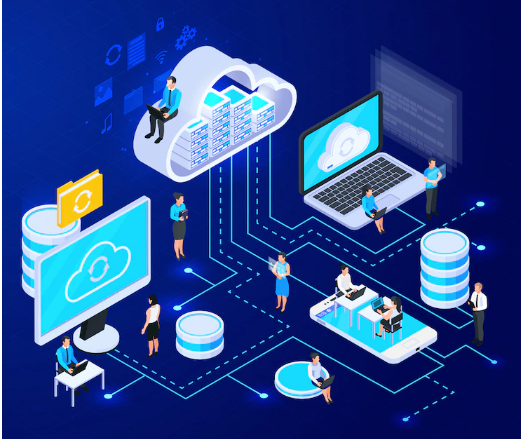



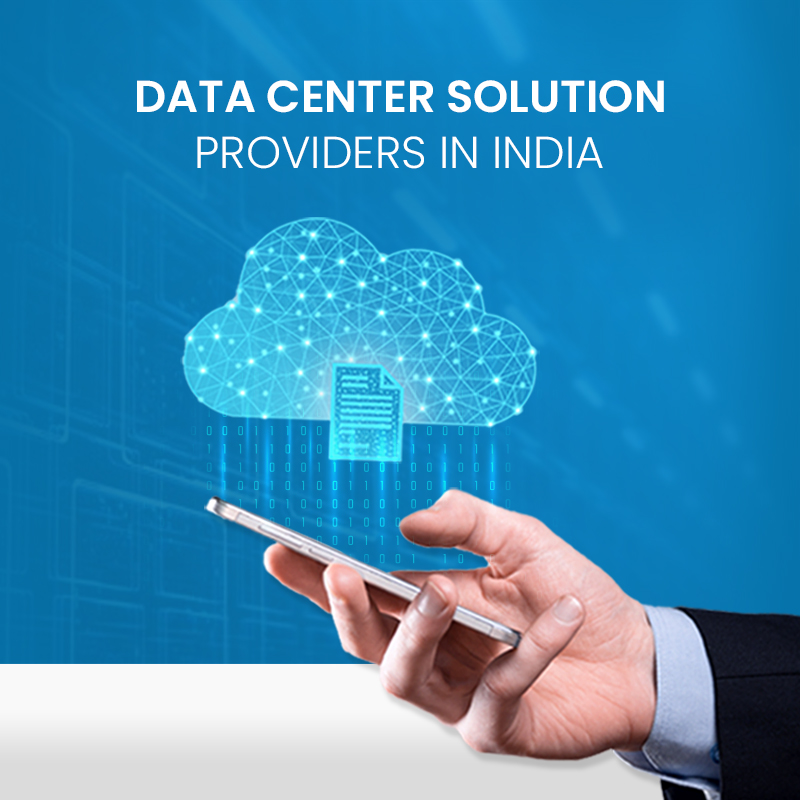



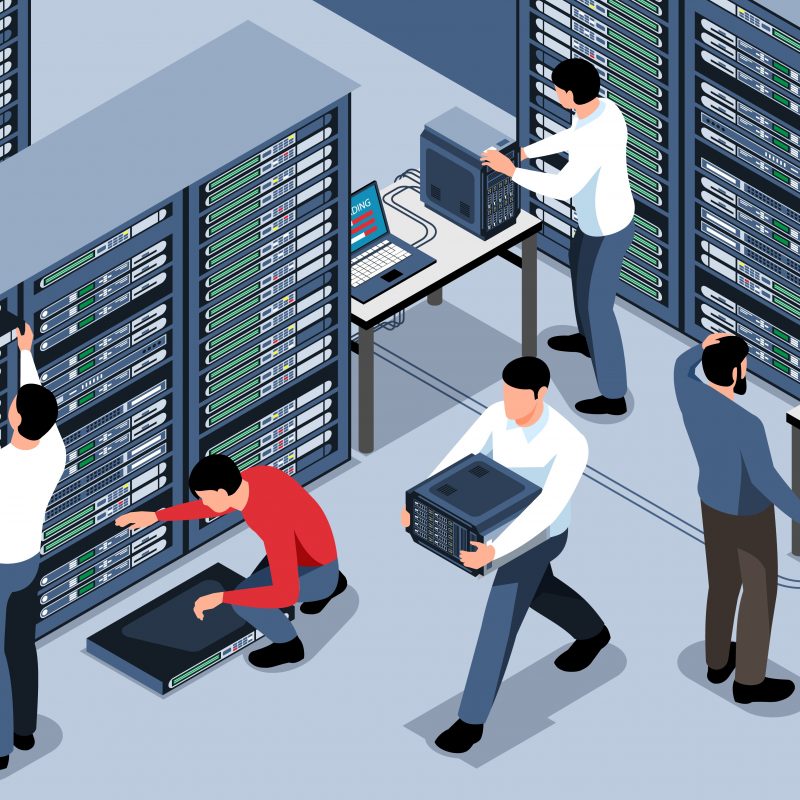



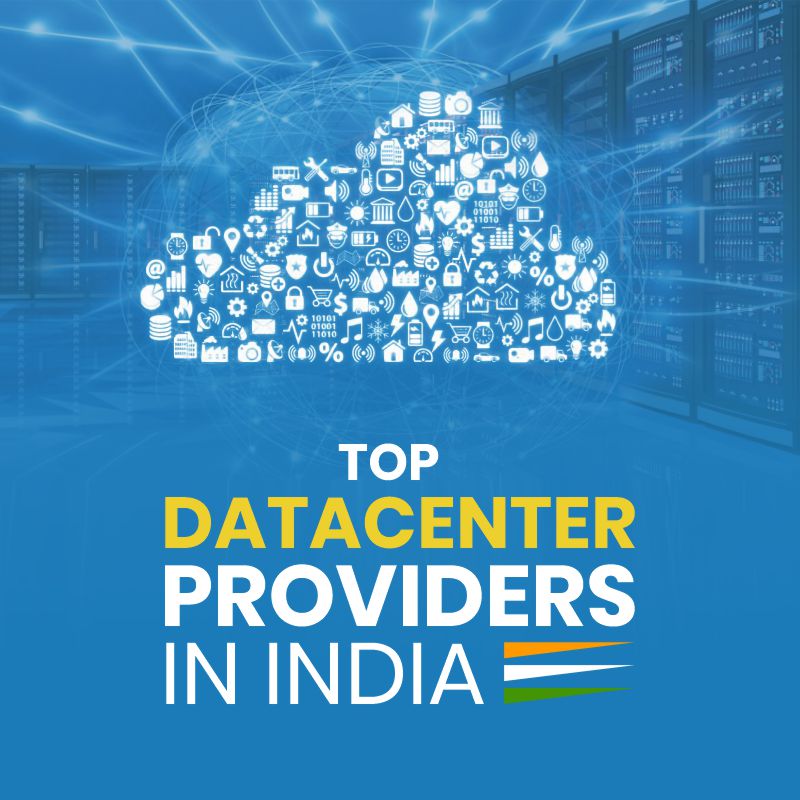
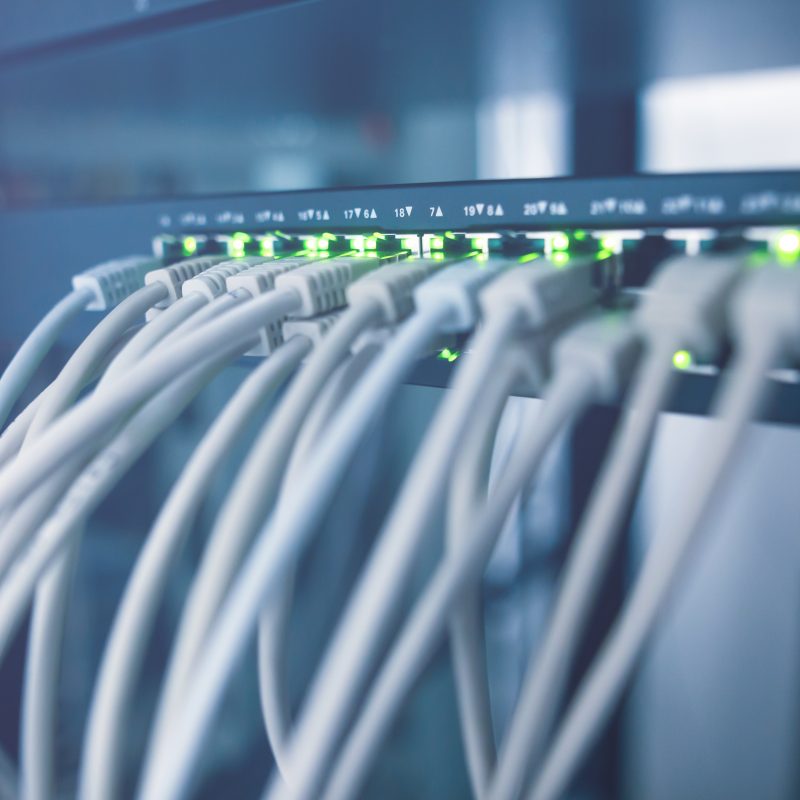
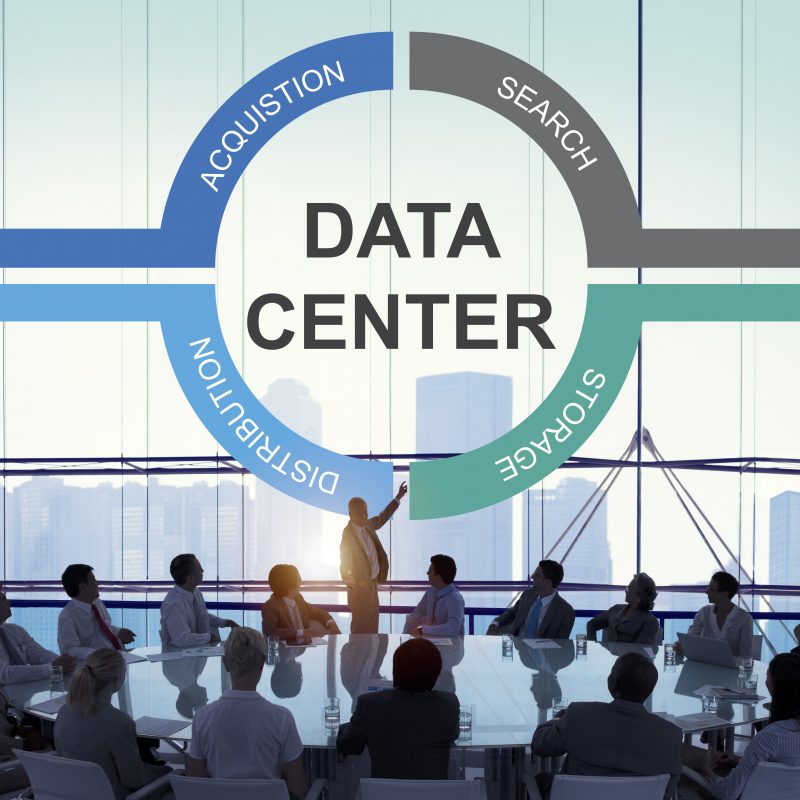
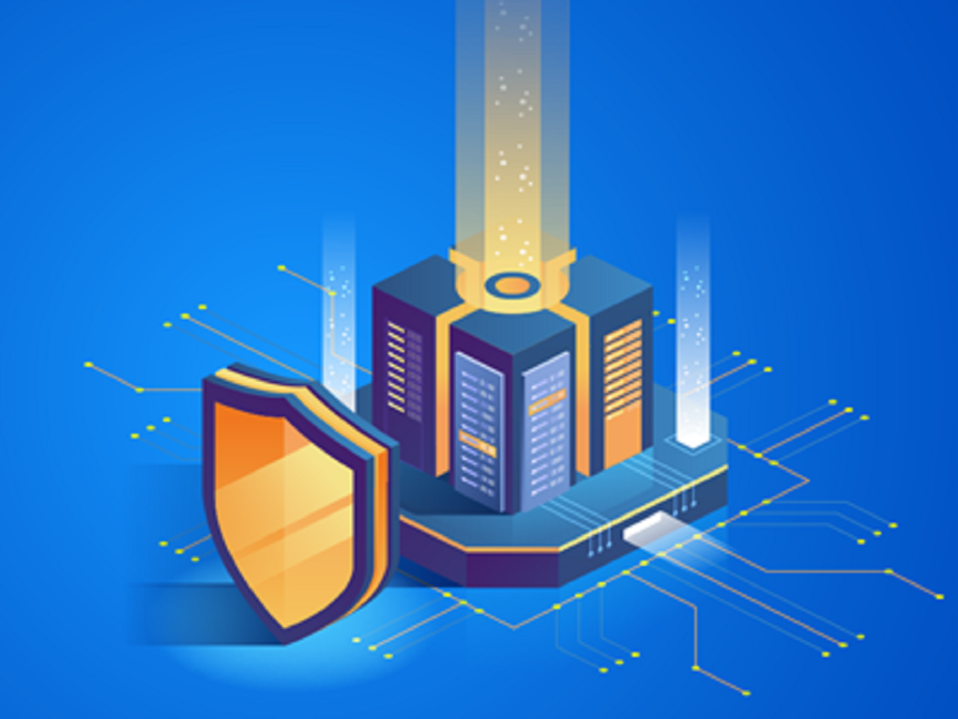



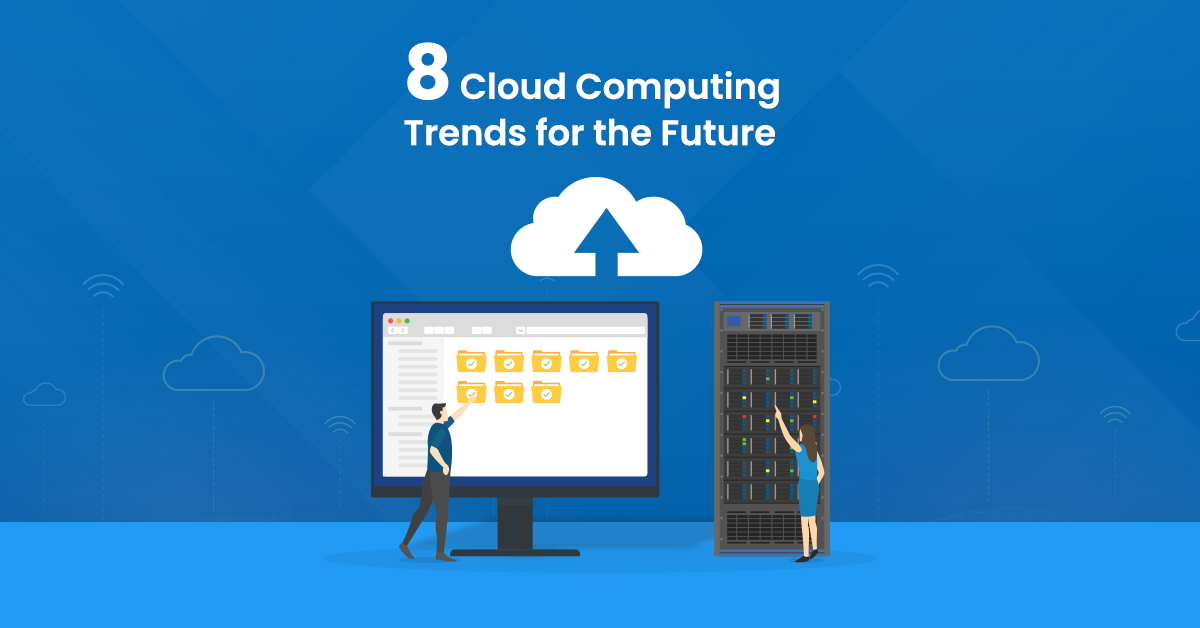
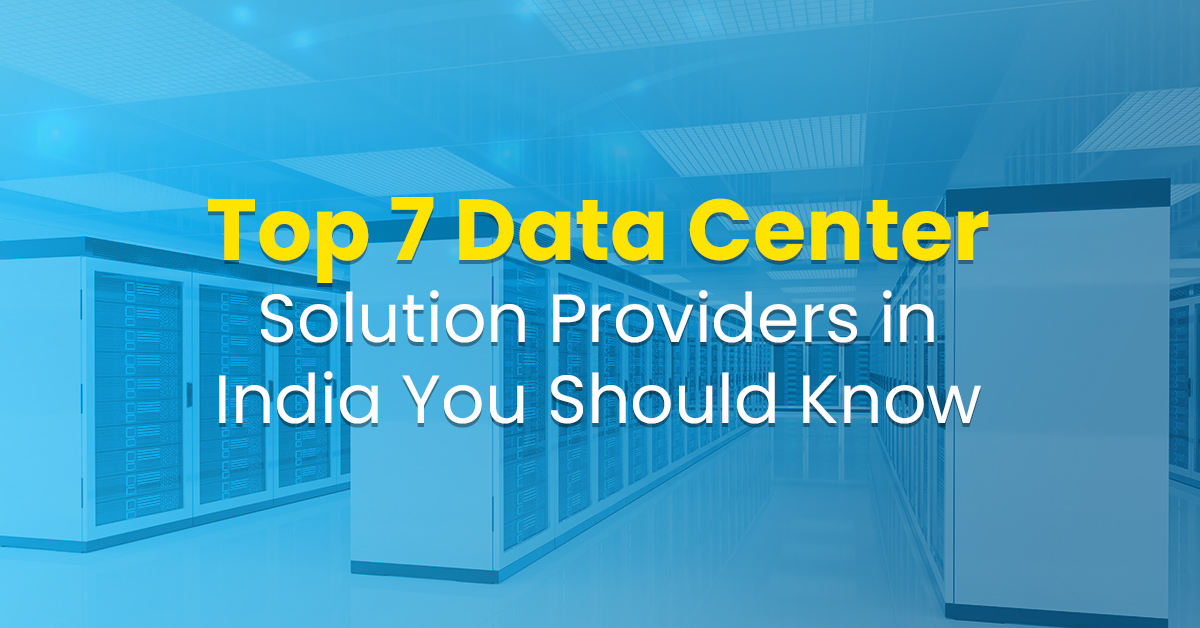
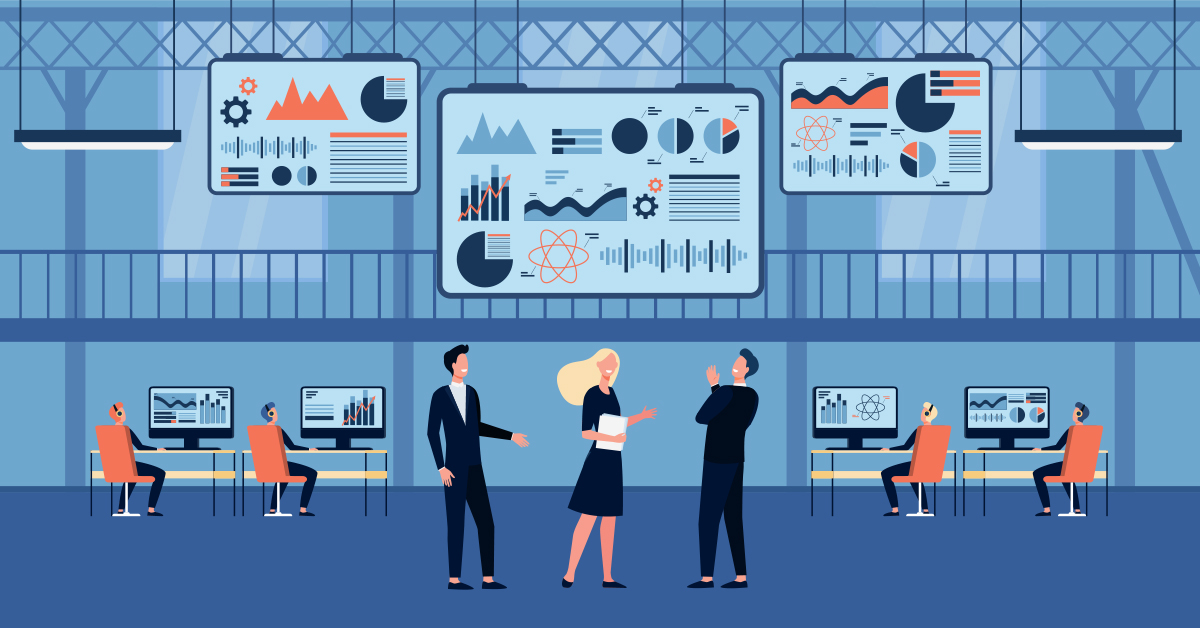


Recent Comments